The world of music festivals is as diverse as the sounds that fill their stages, but one often overlooked aspect that shapes the entire experience is the venue itself. From sprawling green fields to urban industrial parks, the choice of location can make or break a festival's identity. As we explore the fascinating interplay between music and space, it becomes clear that these temporary audio kingdoms are far more than just backdrops – they're active participants in the cultural alchemy that defines our most memorable musical moments.
Natural amphitheaters have long been favored by festival organizers for their acoustic advantages and breathtaking scenery. The legendary Red Rocks Amphitheatre near Denver, carved from ancient sandstone formations, demonstrates how geological wonders can elevate musical performances to spiritual experiences. Similarly, Croatia's seaside Fort Punta Christo provides medieval walls that perfectly contain electronic beats while offering Adriatic vistas that no manufactured venue could replicate. These locations don't just host music – they converse with it, their natural reverberations adding unique textures to every performance.
Urban festivals face different challenges entirely, often transforming industrial wastelands into pulsating hubs of creativity. Berlin's former Tempelhof Airport now hosts Lollapalooza, its runways accommodating thousands of dancing feet where planes once taxied. The contrast between a venue's original purpose and its musical rebirth creates powerful symbolism – these spaces tell stories of urban evolution through their very concrete. London's Printworks took this concept further, converting a massive newspaper printing plant into a cathedral of bass, where the ghosts of printing presses seem to keep rhythm with the techno beats.
Some festivals embrace water with such enthusiasm that they become aquatic adventures. Croatia's Outlook Festival pioneered the concept of fortress parties, where revelers arrive by boat to dance in 17th-century stone structures surrounded by sea. Meanwhile, Scotland's Kelburn Garden Party turns a castle's waterfall into a natural stage backdrop, the mist mixing with laser beams in surreal fashion. These liquid locations offer more than novelty – the journey to reach them builds anticipation, while the constant presence of water creates cooling breezes and reflective surfaces that amplify light shows.
The desert has emerged as perhaps the most extreme festival canvas, with Black Rock City's temporary metropolis for Burning Man demonstrating how barren landscapes can inspire radical creativity. Dust storms become part of the performance at Morocco's Oasis Festival, where the Sahara's golden hues color every sunset DJ set. These harsh environments demand resilience from attendees, forging stronger communal bonds through shared survival – when you've weathered a sandstorm together, the music that follows feels earned rather than simply heard.
Forest festivals weave magic through their canopies, with Croatia's Love International using pine trees as natural sound baffles to create intimate dance floors. The UK's Boomtown Fair takes woodland integration further, building entire theatrical districts among the trees where secret stages appear like fairy tale illusions. This arboreal approach creates discovery at every turn – a hidden glade might reveal a jazz quartet at dusk, while a massive oak becomes an impromptu gathering point for sunrise revelers.
As festivals evolve, so too do their spatial philosophies. The abandoned village concept gaining traction across Europe sees depopulated rural areas given new life through music. Portugal's Boom Festival doesn't just occupy a lakeside – it constructs a temporary utopia complete with permaculture gardens and sustainable architecture. These experimental approaches suggest festivals are becoming test beds for alternative living, where the relationship between people, music and environment is consciously redesigned each summer.
The future may lie in adaptive reuse on an unprecedented scale. China's Strawberry Festival has utilized everything from auto factories to Olympic parks, while Detroit's Movement Festival celebrates techno in the parking lots where the genre was born. This fluid approach to venue selection reflects our nomadic times – if music can happen anywhere, perhaps every space contains potential festival energy waiting to be unlocked by the right combination of sounds and souls.
Ultimately, the great festival sites teach us that location is never passive. The earth beneath our dancing feet, the walls that contain our cheers, the horizons that frame our memories – these elements compose silent harmonies with every beat. As audiences increasingly crave authentic experiences, the magic will lie not just in who performs, but where the performance lives, breathes and becomes momentarily eternal.
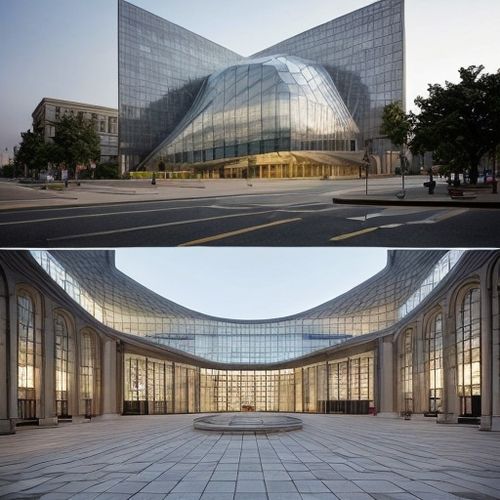
By John Smith/Apr 28, 2025
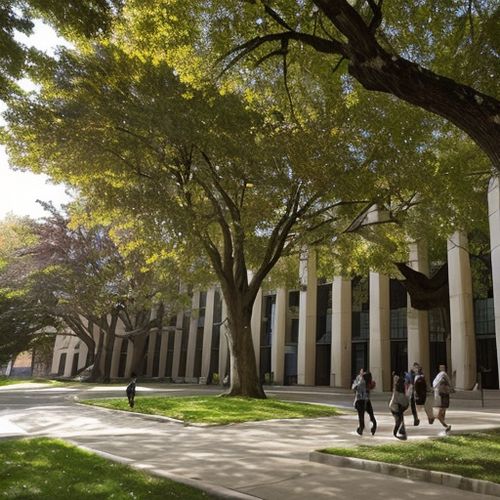
By Christopher Harris/Apr 28, 2025
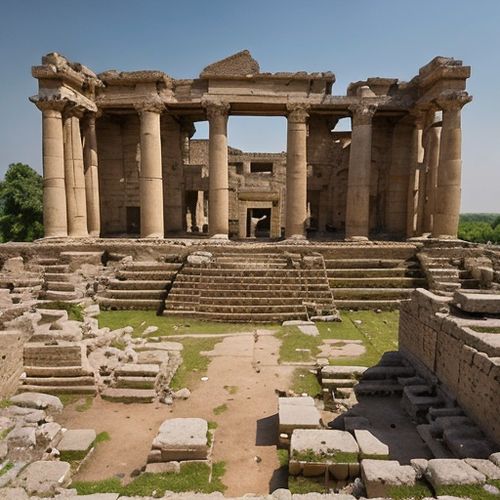
By Sophia Lewis/Apr 28, 2025
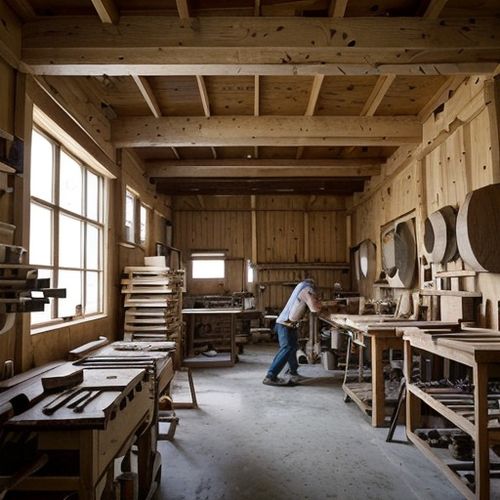
By Amanda Phillips/Apr 28, 2025
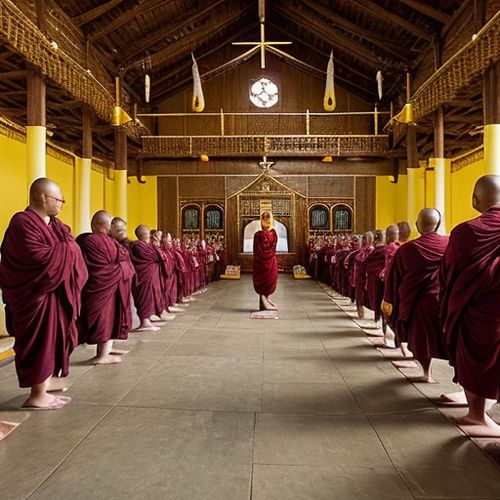
By George Bailey/Apr 28, 2025
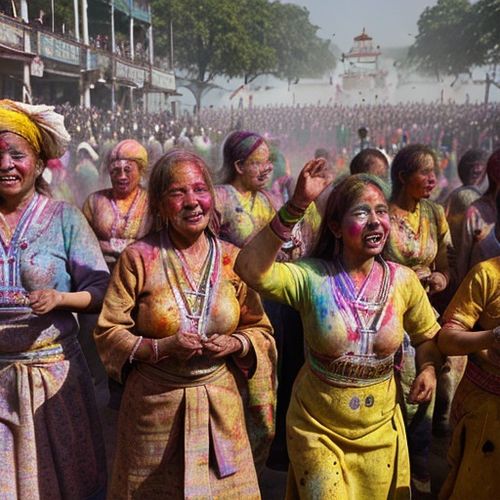
By Christopher Harris/Apr 28, 2025

By Thomas Roberts/Apr 28, 2025
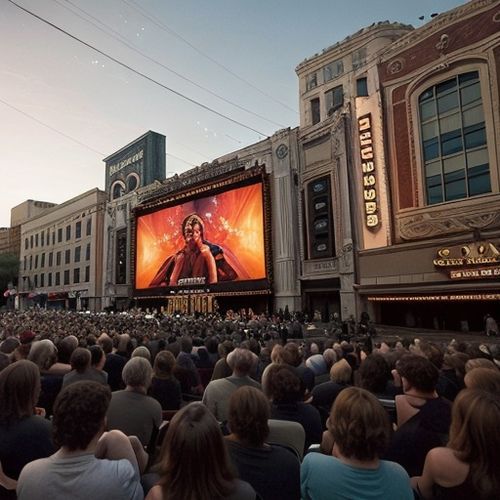
By James Moore/Apr 28, 2025
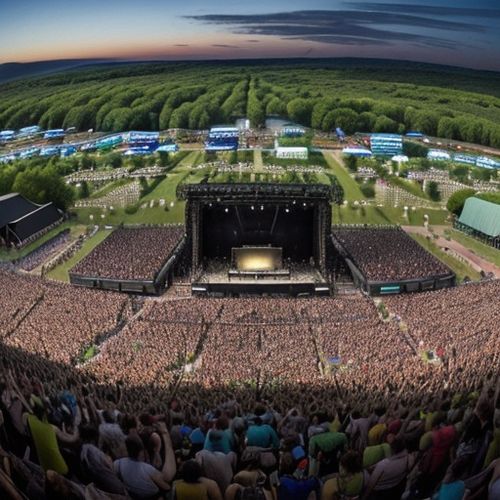
By Eric Ward/Apr 28, 2025
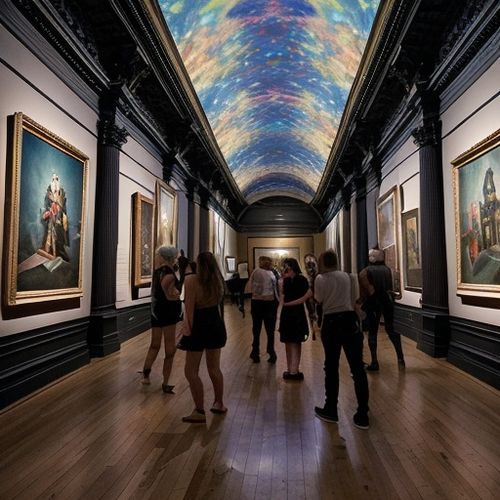
By Thomas Roberts/Apr 28, 2025
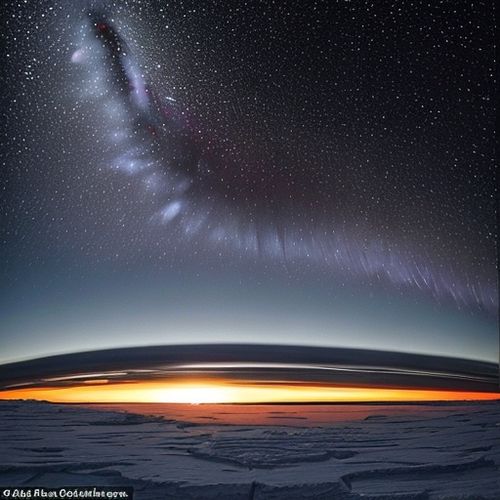
By Sophia Lewis/Apr 28, 2025

By Joshua Howard/Apr 28, 2025
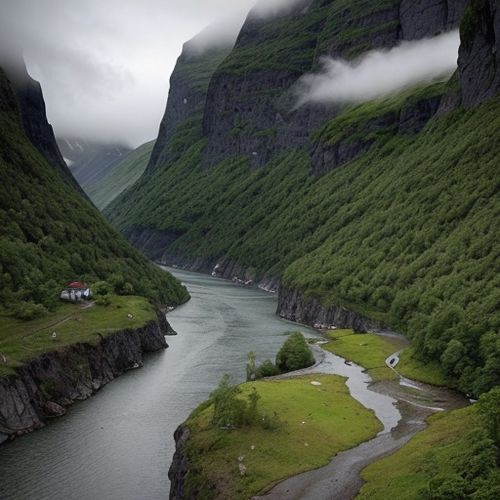
By Jessica Lee/Apr 28, 2025
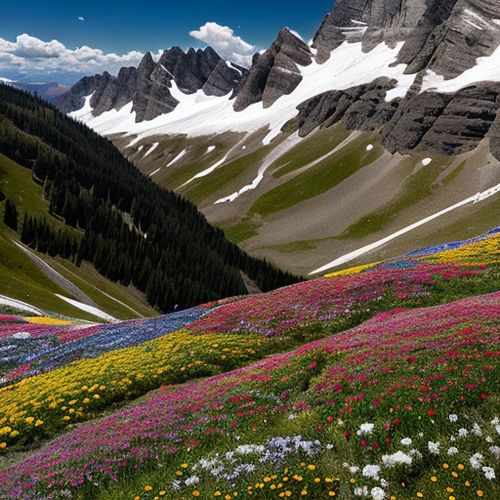
By Christopher Harris/Apr 28, 2025
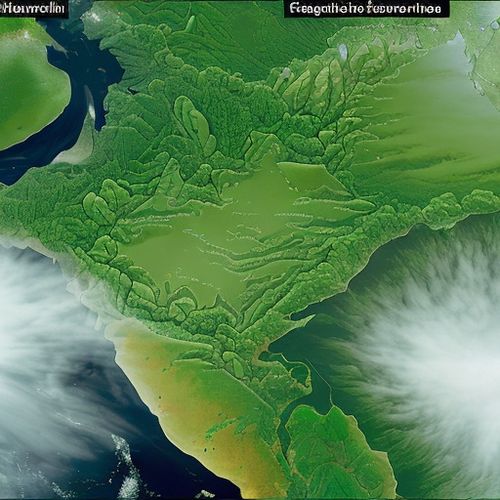
By Elizabeth Taylor/Apr 28, 2025
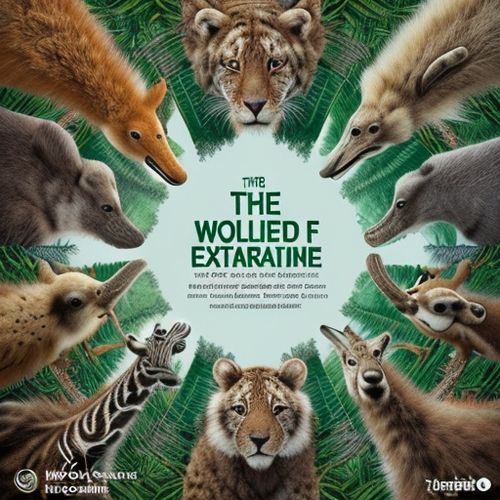
By Rebecca Stewart/Apr 28, 2025
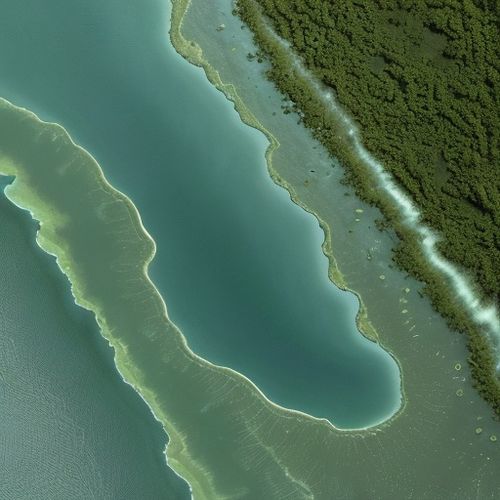
By Amanda Phillips/Apr 28, 2025
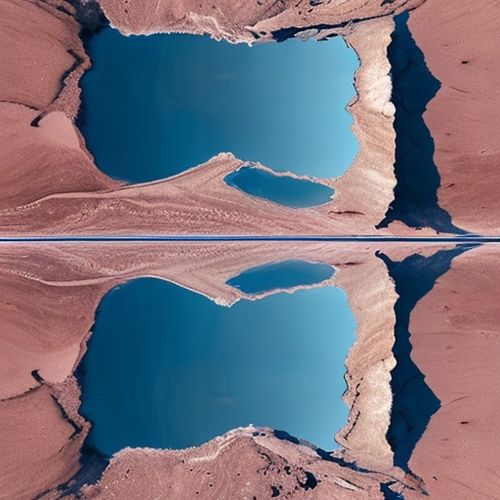
By Michael Brown/Apr 28, 2025
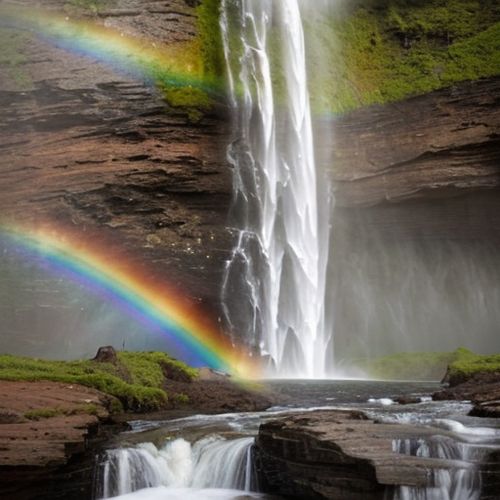
By James Moore/Apr 28, 2025
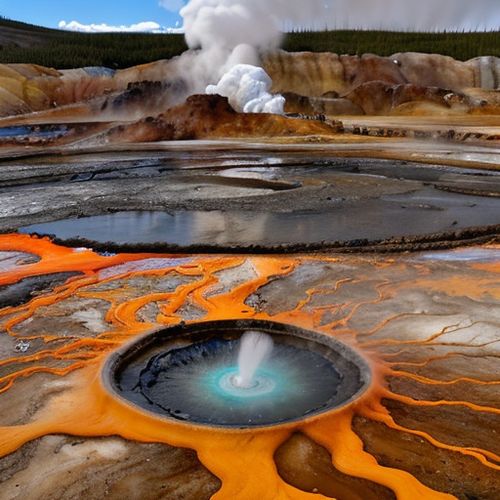
By Sophia Lewis/Apr 28, 2025